As in every industry, AI is reshaping the SaaS environment today. Users now want software to be smarter than standard; they expect it to understand them, guide them, and even take action on their behalf.
This user expectation has completely changed the priorities for SaaS product teams. For almost every SaaS, becoming AI-powered is no longer an option, but a necessity. But the point is this: developing AI into a SaaS product is not easy.
The Reality of AI Projects (Especially for Startups)
Although different and more effective methods for developing AI emerge every day, research shows that 80% of in-house AI building projects fail. So, deciding to add an AI feature to the product still requires serious analysis for founders and product managers.
Considering that most small and medium-sized startups don't have an AI team, many AI-related tasks remain on the waiting list, gathering dust.
The result? Software platforms that do not become AI-powered are in danger of losing power in the market.
Where SaaS Products Actually Need AI
You may have come across many features that SaaS brands promote simply because they are AI-related, but most of them do not meet any customer needs. These are killing the user experience. Therefore, the focus of founders and PMs should be on finding the right AI feature that will transform users' experience with the product.
The most common AI use cases for software are:
1- Customer Support
AI can eliminate repetitive tickets, answer questions instantly, and reduce your support overhead. But we’re not talking about static bots; we’re talking about in-product agents who don’t just respond, they take action.
2- Onboarding & Product Adoption
AI can guide new users through complex flows, identify friction points, and even complete steps on their behalf to speed time to value.
3- In-Product Personalization
AI can adjust guidance based on user behavior, suggest features in context, or proactively help users avoid mistakes before they make them.
These are all things that make users say, “This product works.” hepsi kullanıcıların "Bu ürün işe yarıyor" demesini sağlayacak şeyler.
4- Feature Discovery and Upsell Opportunities
AI can reveal usage patterns that indicate you're ready for more advanced features or premium upgrades.
5- Continuous Product Feedback Loop
AI can analyze how users interact with different features and feed insights back to product teams in real time.
Which flows are confusing?
Where do users drop off?
What features go unused?
This allows teams to make data-driven decisions and optimize the product faster, improving usability and satisfaction continuously.
Why Agentic AI Should Be on Your Product Roadmap
Unlike traditional AI, which only surfaces suggestions or provides answers, Agentic AI takes initiative. It doesn’t wait for the user to figure things out.
- Users get stuck in onboarding?
- Support tickets are eating up your team's time?
- Feature adoption is slower than expected?
- The documentation you have written with great effort is not read by users.
When a user asks,
“How do I connect this integration?”. A basic AI tells them where to click. An agentic AI does it for them.
What If You Didn’t Need an AI Team?
It’s now possible to embed Agentic AI into your SaaS product without hiring a single AI & ML engineer. Mues AI offers an experience where software can build its own agentic AI in just minutes.
With Mues AI:
1- Train your AI tool using your existing documentation or help center
2- Embed it in your product with a simple script
3- Now, your users can prompt it when they get stuck
4- Mues AI takes over your user's cursor and performs the task on their behalf
Mues AI is not to be confused with traditional automation tools. Mues’ agentic AI learns from every interaction, evolves with your product, and provides real-time, actionable support without you having to build anything from scratch.




Member discussion